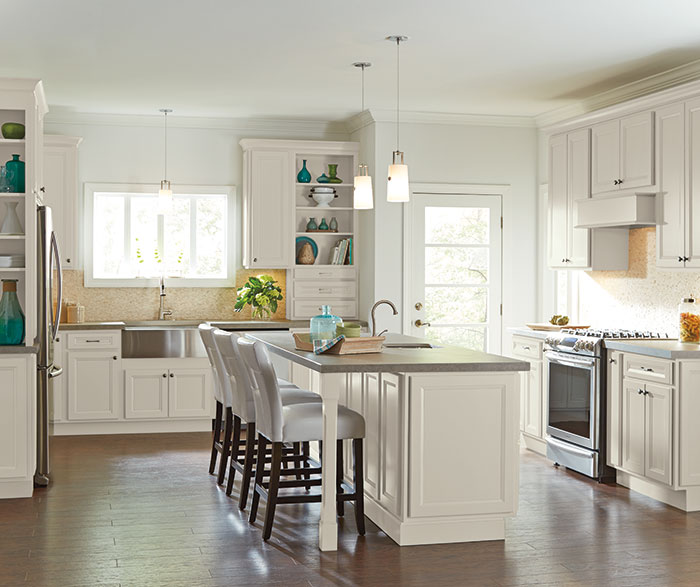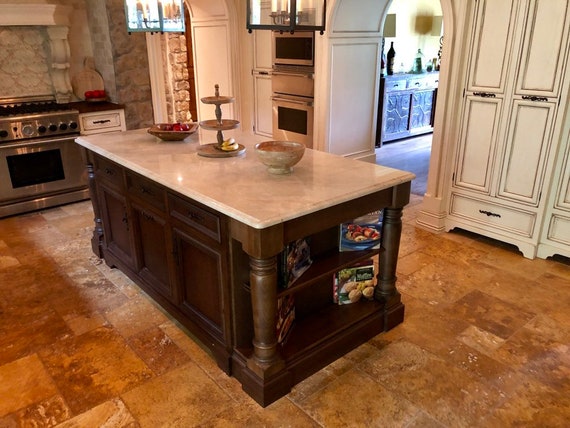How to Include a Kitchen Island Leg right into Your Kitchen Remodel
Wiki Article
How to Select the Perfect Kitchen Island Leg to Improve Your Kitchen Area Layout
Choosing the ideal kitchen island leg is a nuanced procedure that needs cautious consideration of numerous aspects such as style functionality, style, and material. A well-chosen leg can not just support the framework but additionally offer as a specifying element that improves the total aesthetic of your kitchen area.Evaluate Your Kitchen Area Style
When it concerns selecting a kitchen island leg, it's essential to evaluate your kitchen area style to guarantee a natural design. The cooking area is often the heart of the home, and the island functions as a practical and visual prime focus. For that reason, the selection of leg design should reflect the total theme of your cooking area, whether it be modern, standard, farmhouse, or industrial.As an example, in a contemporary cooking area, sleek, straight legs in a minimalist style might enhance the streamlined appearance. Alternatively, a rustic kitchen may gain from hefty, turned legs that share heat and character. If your kitchen area includes a timeless decor, take into consideration elaborately created legs that echo conventional workmanship.
Pay focus to the percentages of both the island and the surrounding area; the leg's scale should complement the total dimensions. By aligning your leg selection with your cooking area's design, you create an unified and welcoming setting that mirrors your personal aesthetic.
Consider Product Options
Choosing the appropriate product for your kitchen area island leg is critical, as it affects both toughness and aesthetic allure. Numerous materials offer distinct benefits and can considerably influence the total style of your kitchen.Timber is a prominent option, understood for its heat and adaptability. It can be discolored or painted to match your cooking area's color pattern, supplying a timeless appearance. It might need more upkeep to stop damage from moisture and heat.
Steel legs, such as stainless steel or wrought iron, evoke a modern-day and industrial feeling. They are incredibly durable and resistant to damages, making them suitable for high-traffic locations. Steel can likewise be finished in different ways, permitting for personalization in regards to structure and shade.
One more choice is composite materials, which combine looks with usefulness. These can simulate the appearance of wood or metal while often being lighter and less complicated to preserve.
Finally, take into consideration rock legs, which can bring a luxurious touch but might call for added architectural assistance. Each material has its special characteristics, so it's vital to pick one that aligns with your cooking area's total style vision while guaranteeing longevity and capability.
Explore Style Features
Numerous layout functions can boost the performance and aesthetic allure of a kitchen area island leg, making it an essential component of the overall kitchen layout. One key facet to consider is the design of the leg, which can range from typical transformed styles to sleek, modern lines. The choice of style should match the existing cabinetry and fixtures, producing a natural look.In addition to style, the finish of the leg can considerably influence the cooking area's aesthetic allure. Choices such as repainted, tarnished, or natural coatings can either highlight the leg as a statement item or permit it to blend flawlessly right into the kitchen atmosphere. Decorative elements, such as carvings or embellishments, can likewise include character and uniqueness, changing an easy leg into a prime focus.
Moreover, incorporating practical functions like open shelving or incorporated storage space can improve energy while keeping visual value. The interaction of these layout includes not only elevates the kitchen island leg's look but likewise adds to the total performance of the kitchen room. By attentively choosing these aspects, house owners can guarantee their kitchen area island leg serves both decorative and useful purposes.
Determine Size and Elevation

Commonly, the basic elevation for kitchen island legs is around 30 inches, which straightens with the height of conventional countertops and dining surface areas. Nevertheless, if your island offers a dual objective, such as a morning meal bar, you might consider a higher leg determining 36 inches. This height promotes a more informal dining experience and fits bar feceses conveniently
In regards to size, the leg ought to not only provide ample support yet also preserve aesthetic equilibrium. A width of 3 to 5 inches is generally suitable, enabling enough stability without subduing the total design. Furthermore, take into consideration the spacing between the legs; they should be positioned to enable simple activity and availability around the island.
Eventually, taking exact measurements and considering the intended use of the kitchen island will lead you in picking the suitable dimension and height of the legs, guaranteeing both aesthetic appeal and sensible capability in your cooking area layout. kitchen island leg.
Budgeting for Your Choice

Next, determine the design that straightens with your cooking area's visual. Custom-made legs might come with a costs, while pre-fabricated choices usually provide price savings. It's vital to balance your desired aesthetic with the practicalities of your spending plan.
Think about extra prices that might occur, such as setup or finishing. Include these expenses in your spending plan. if you're intending to employ a specialist for installation.
Lastly, designate a backup fund for unanticipated costs see that may develop during the restoration. By meticulously evaluating these elements, you can make educated choices that not only enhance your cooking area's style but additionally keep your improvement within monetary reach. A tactical budget plan will certainly make sure that you achieve the wanted look without endangering your monetary objectives.
Conclusion
To conclude, selecting the excellent kitchen area island leg demands careful factor to consider of various aspects, including the general cooking area style, material options, layout features, and proper measurements. By aligning these aspects with the wanted aesthetic and performance, a harmonious and visually attractive kitchen area island can be accomplished. Furthermore, budgeting for the picked materials and installation will certainly guarantee that the choice procedure remains practical and functional, inevitably boosting the cooking area's design and functionality.When it comes to choosing a cooking area island leg, it's important to examine your cooking area design to make sure a natural layout.Numerous design features can enhance the functionality and aesthetic charm of a kitchen area island leg, making it an integral part of the total cooking area layout. The interplay of these style features not only raises the kitchen area island leg's appearance however additionally contributes to the overall functionality of the kitchen review space.Establishing a budget for your kitchen island leg is an important step that can considerably impact your total kitchen remodelling costs.In verdict, picking the suitable kitchen area island leg requires careful consideration of numerous variables, including the general kitchen area design, product choices, design attributes, and ideal dimensions.
Report this wiki page